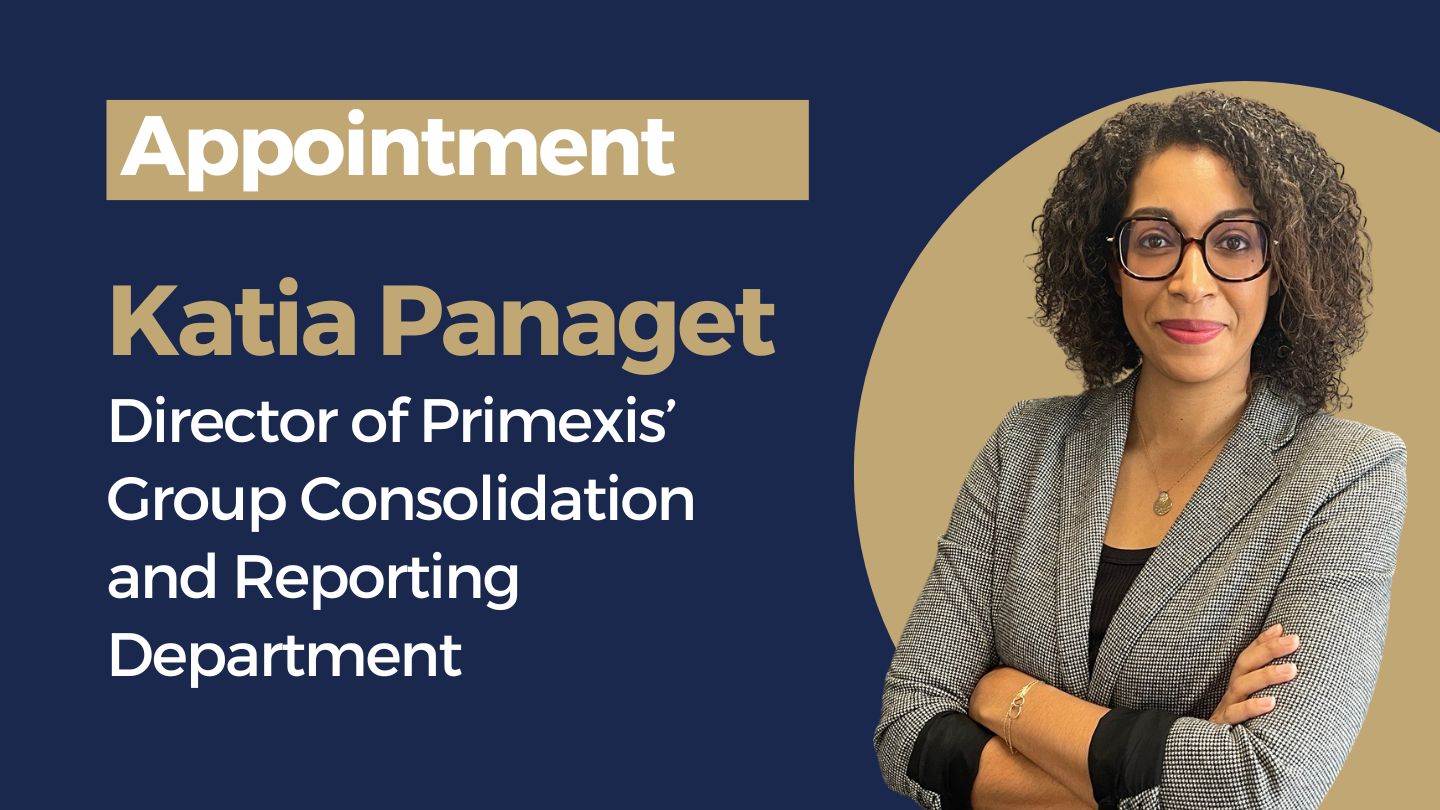Small-Medium Sized Businesses Get Boost: EU Creates Simpler Funding Initiatives

In order to improve the allocation of capital and risk-sharing within the European Union (EU), and with the aim of increasing the financing of European companies, the project of a European Capital Markets Union (CMU) was initiated in 2015 by the European Commission (EC). What is the status of the project in 2017?
This single capital market is an essential element in the development of European companies, especially for small and medium-sized enterprises (SMEs) when they lack access to bank financing, the main source of funding in the EU (see graph below). The European economy suffers from a lack of investment despite having one of the highest saving rates in the world.
Financing SME’s in the EU: More than ¾ of the financing comes from the banking sector. European countries (Northern, Central and Southern Europe) have very different credit conditions (interest rates, repayment duration, guarantee required) offered to the various SMEs, who represent 99% of European companies. In 2015, 10% of SMEs (EU-28) felt that access to finance was one of their most pressing problems (1) .
Current major initiatives in the EU and France have been the creation of the EuVECA and EuSEF (2)statutes and the definition of criteria for securitization operations. In France, Lendix, a SME lending site has been established, and various private funds with millions of euros have been opened up, FirstMinute Capital, being a good example.
The main objectives for this single capital market (EC source):
-
- Improving business access to European stock exchanges:
-
- Simplification of information requirements (prospectus) and the approval process for SMEs applying for funding;
- Establishment of the common consolidated corporate tax base (CCCTB) – see more here
-
- Opening to institutional investors and detailed information:
-
- TReview of the different distribution channels for financing;
- Enabling investors to take advantage of the opportunities offered by online services and financial technology « Fintech ».
-
- Adaptations of the regulation:
-
- Review certain provisions of the Solvency II prudential framework (3);
- Review of capital requirements (CRR and CRD IV).
-
- Legal security for cross-border investments:
- TRemoval of national obstacles to the free movement of capital;
- TNew rules governing business insolvencies, restructuring and second chances.
Stefan Petrovski
Supervisor,
qualified Chartered Accountant
International Business Services
-
TANG. P, “The CMU midterm review: How not to miss an opportunity”, Euractiv, 10/05/2017
(1) European Commission, Annual Report on European SMEs 2015/2016, see here
(2) European Venture Capital Fund & European Social Entrepreurship Funds: European Capital-risk funds with a simplified European passport (costs, registration procedure and ease of management).
(3) Solvency II Directive adopted in 2009 by the Council and European parliament.


